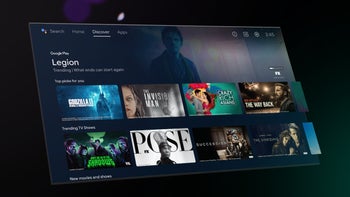Android TV 13 might reduce power consumption for smart TVs

With Android 13 on the way, we’re expecting many important new features to arrive on all devices that are part of the ecosystem, not just smartphones and tablets. Cars and TVs that use Google’s OS are likely to receive their fair share of improvements too, including some that might reduce consumption.
Obviously, your car won’t consume less fuel or electricity for using Android Auto, but your smart TV might, at least according to a new report by Esper’s Mishaal Rahman. Apparently, Android TV 13 will include a new “low power standby” mode that will prevent some functions to keep running in the background when your smart TV is in standby mode.
While the low power standby mode is enabled, wakelocks are disabled and network access is blocked. The feature will be disabled by default just in case you want to continue to receive notifications while your smart TV is in standby mode.
While the low power standby mode is enabled, wakelocks are disabled and network access is blocked. The feature will be disabled by default just in case you want to continue to receive notifications while your smart TV is in standby mode.
In the same piece of news, the cited report highlights another interesting improvement that Android TV 13 is expected to bring to smart TVs: expanded Picture-in-Picture (PiP) mode. With Android 13 TV, PiP windows can be set to less than 1:2.39 or bigger than 2.39:1. Also, despite the fact that Android TV does not support multi-window features except from PiP, Android TV 13 might actually add a “pseudo-split-screen” mode with docked, expanded PiP windows.










Things that are NOT allowed: